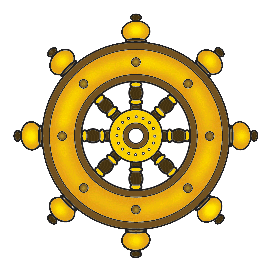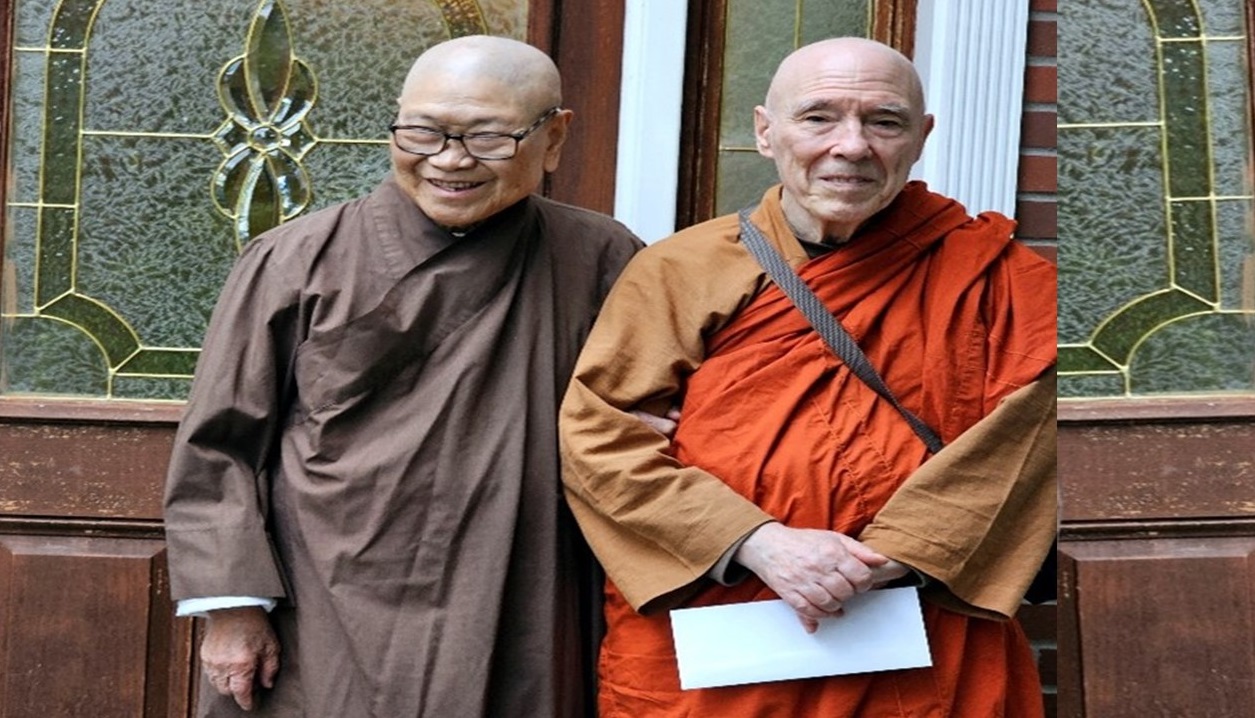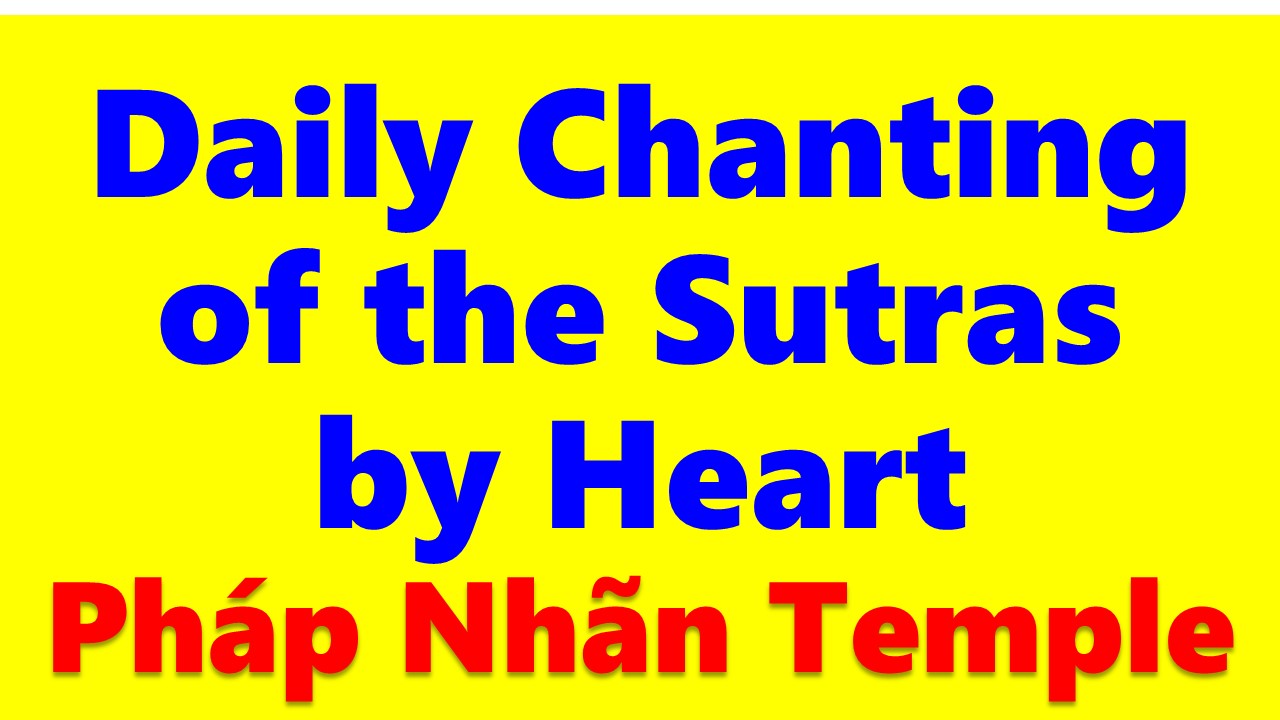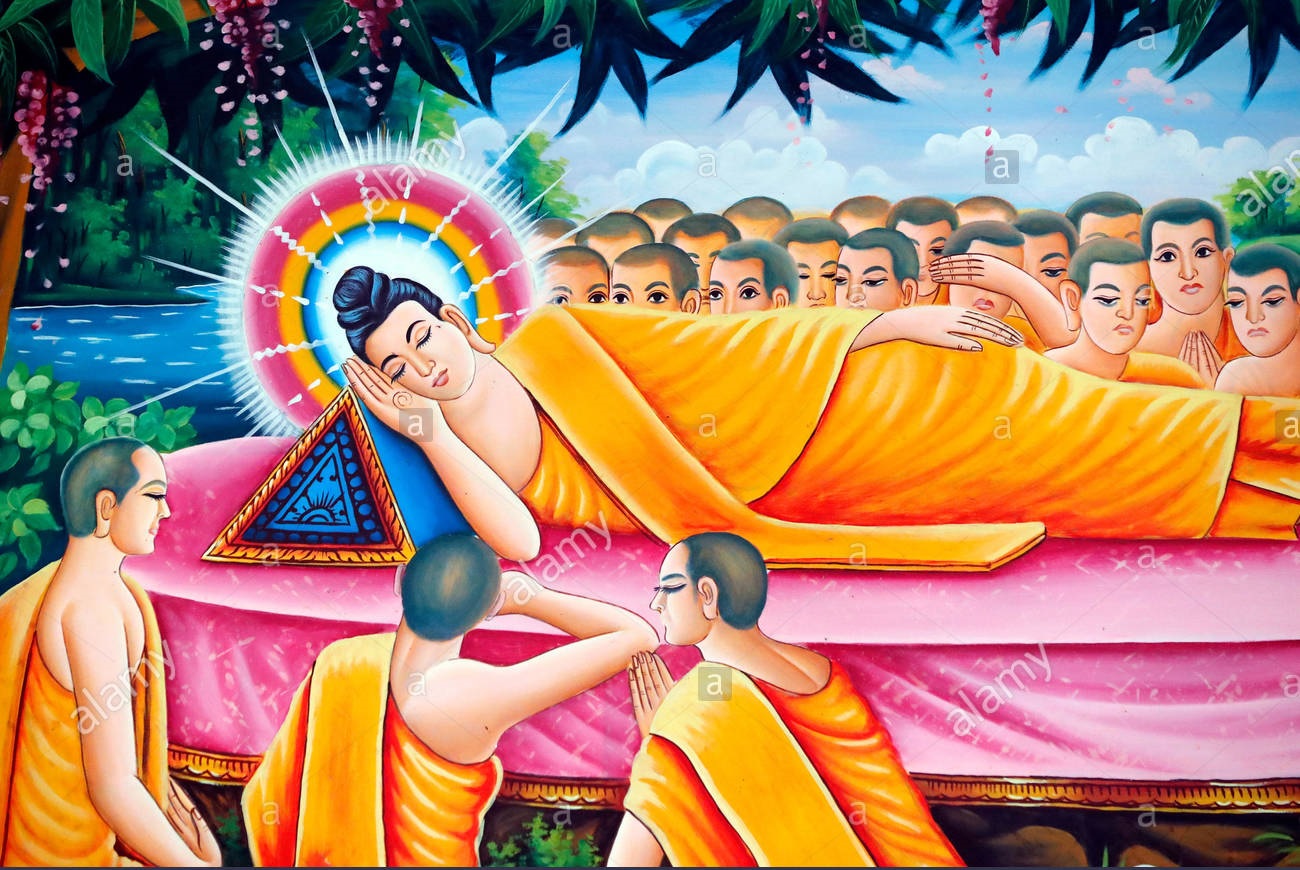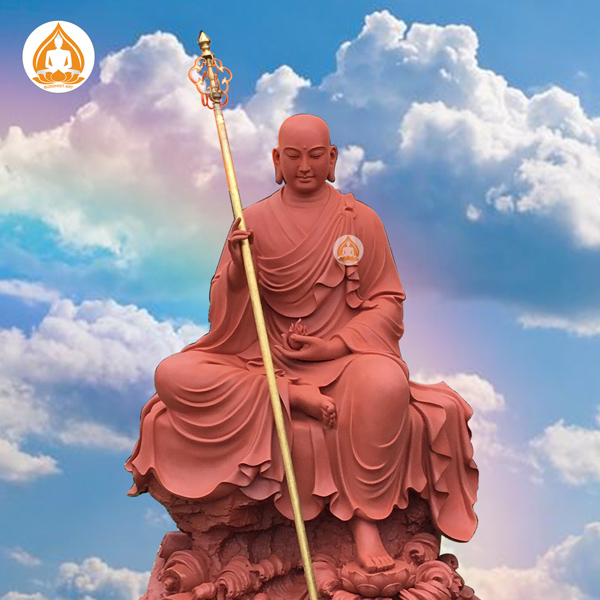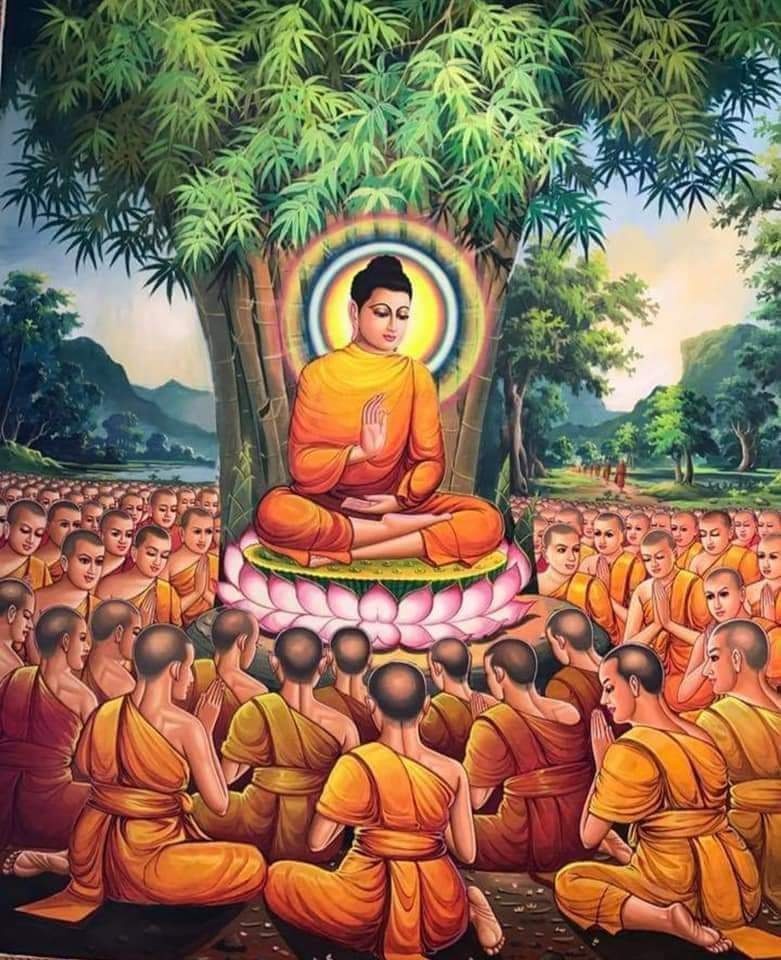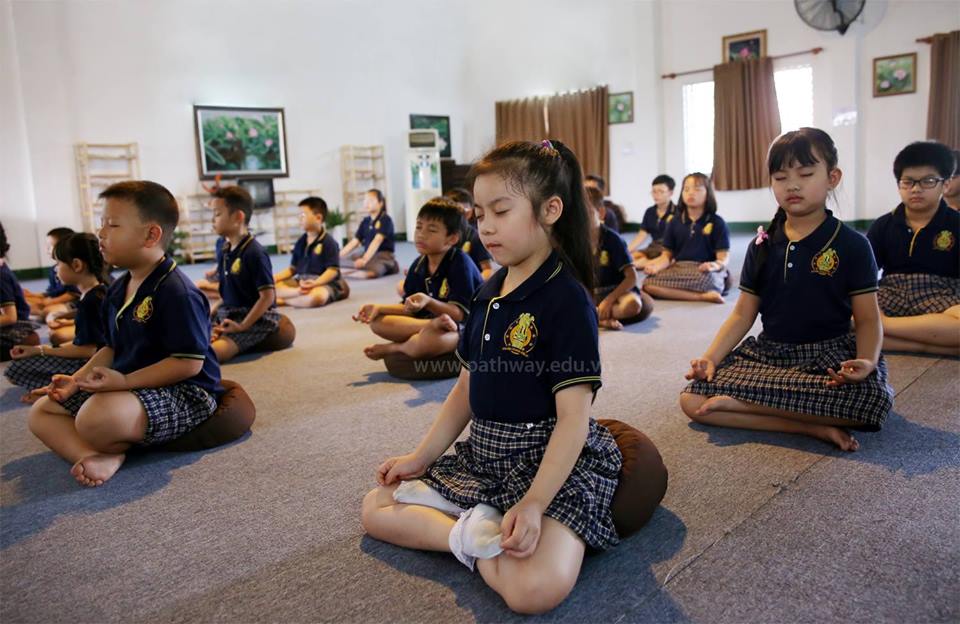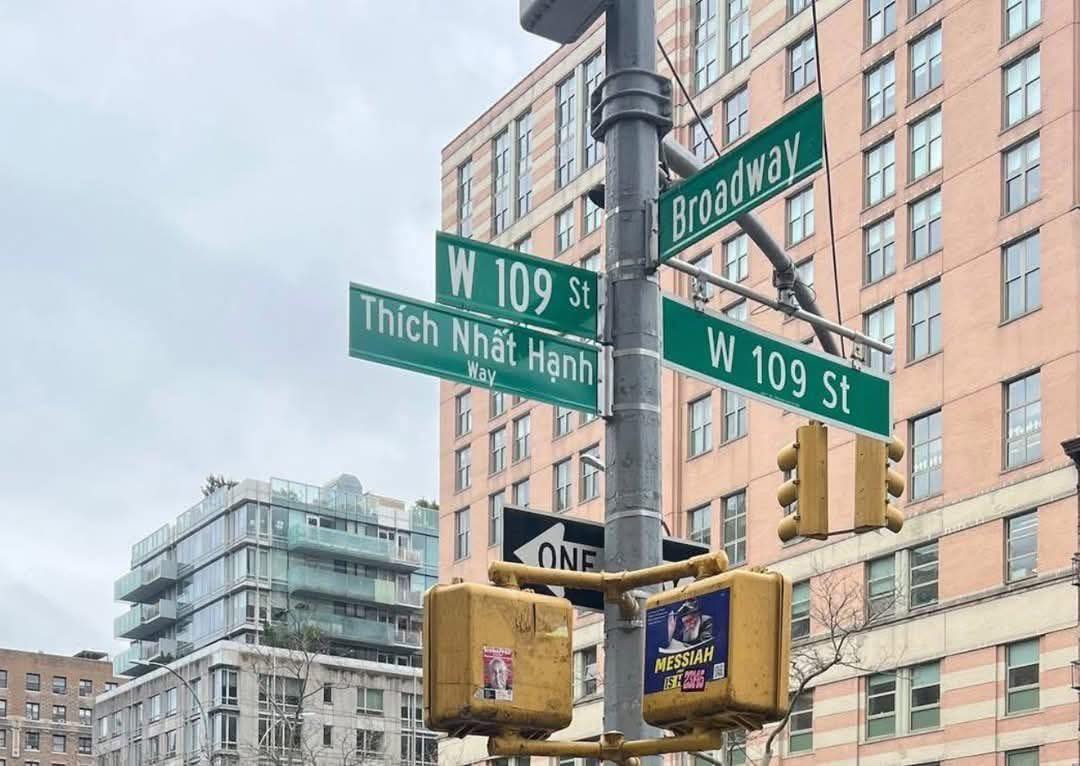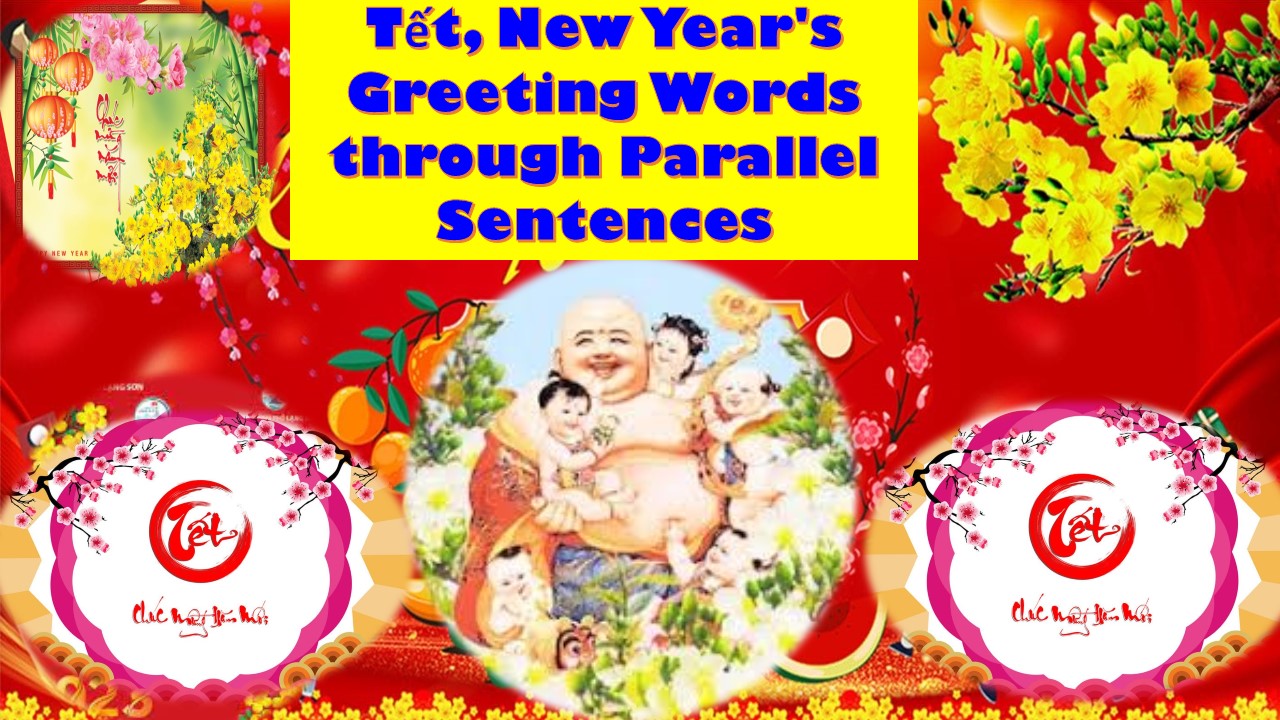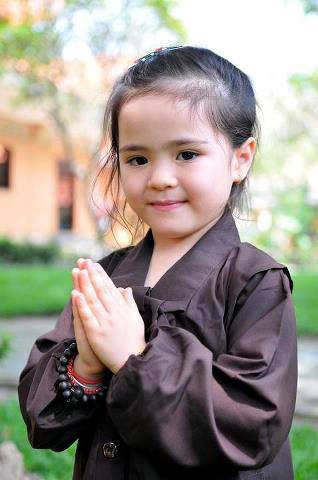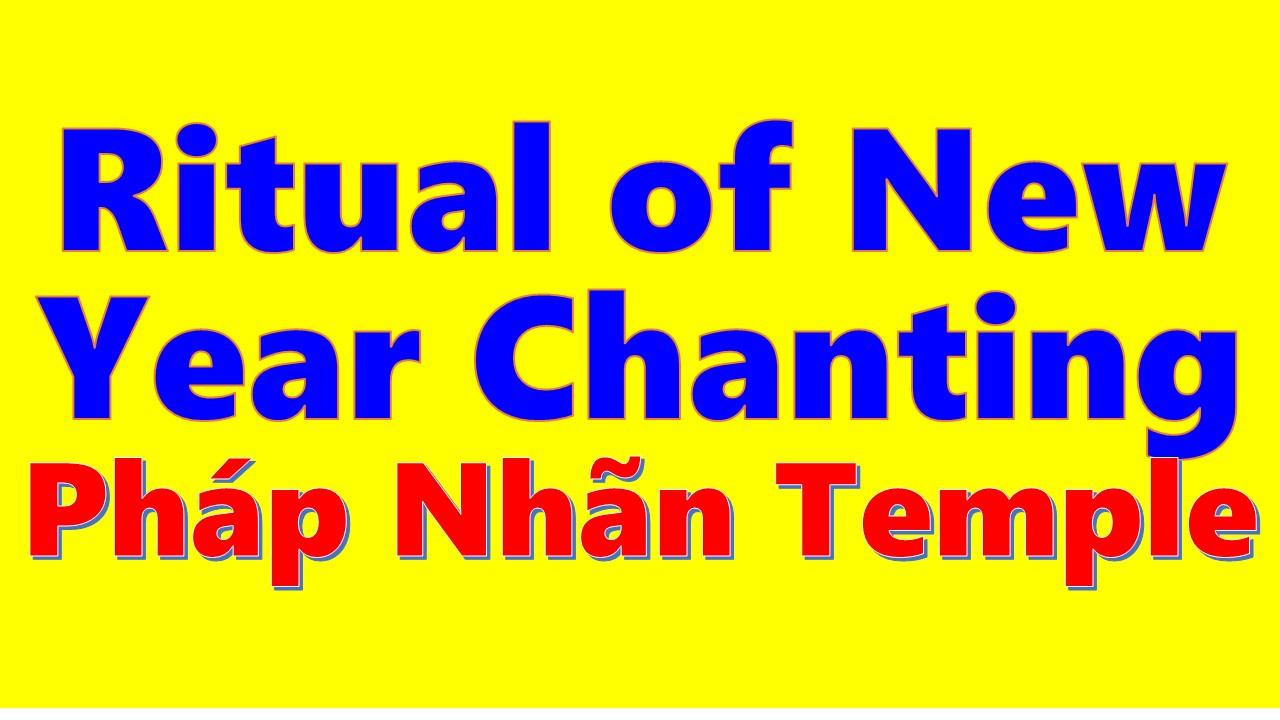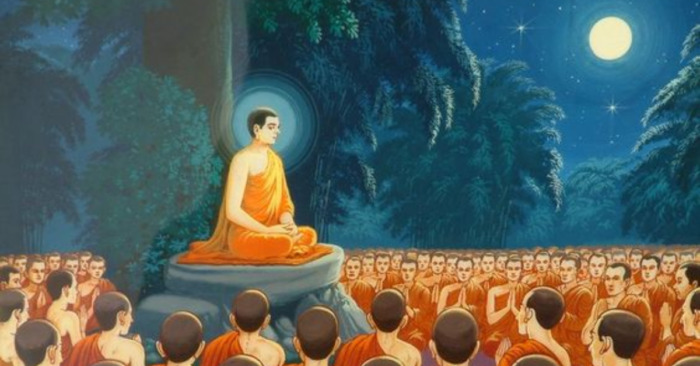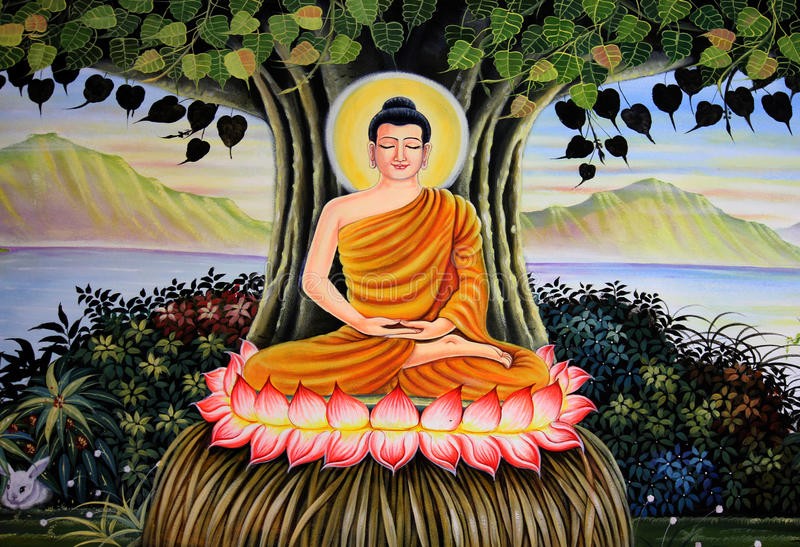
Buddha
Who is the Buddha?
Buddha means “The Awakened one” or “The fully enlightened one” which is a term used to describe someone who has attained enlightenment. Buddha’s original name was Siddhatta Gotama and he was a prince. Siddhattha was his personal name and it means “wish-fulfilled”. Gotama is his family name. Some called him Sakyamuni because he was from the Sakya clan and muni in pali means sage/ascetic.
Life of Buddha before he became an ascetic
His father was King Suddhodana Gotama and his mother was Queen Mahamaya who died one week after delivery. He was estimated by historians to be born between 623 BCE to 563 BCE. The king and queen were childless for a long time until one night queen Mahamaya dreamt of a white elephant with 6 white tusks entered her right side and 10 months later Buddha was born in the garden of lumbini (foothills of Himalayas) and raised in the town of kapilavatthu (both places are in modern Nepal).
According to traditions and legend, Queen Mahamaya gave birth while standing up and holding onto the branch of a Sal (Shorea) tree. The infant then started to walk 7 steps with a lotus appearing at his feet with each step and he declared this shall be his last birth. Two celestial figures pour water and lotuses from vessels of heaven as indicated by the delineation of clouds. The queen died shortly after and Buddha was looked after by her sister Maha Pajapati who was also married to the king. The King’s tutor, Asita predicted that the baby will become a Buddha and that’s when the king paid his first respect to the child.
On the 5th day of birth, 8 renowned holy men were invited to predict the future of Siddhattha; 7 predicted that he would be a universal monarch or a Buddha. Only 1 of them (Kondanna who is one of the first 5 disciples of the Buddha) declared that he would only become a Buddha. The king wanted Siddhattha to be universal monarch instead of a Buddha hence he tried to shield the young prince from the realities of life by building him 3 palaces (one for summer, one for winter and one for rainy season).
The prince was surrounded by all sensual delights and were forbidden to see any sights of old/ sick/ dead people. Even dead leaves were quickly removed before he could see them.
During a royal ploughing event, young Siddhattha saw how animals and the followers suffered under the sun. He went to meditate under a rose apple tree and attained 1st Jhana. He was in such deep meditation that his attendants could not get a response from him. They called for the king who then paid his 2nd respect to his son.
According to the traditions and customs, Prince Siddhattha was married at age 16 to a koliyan Princess yasodhara who was born on same day as Buddha. At age 29, he left the palace for walk and he saw the 4 sights that made him renounce. The 4 sights are an old man, a sick man, a corpse and an ascetic. He saw the suffering in humanity and the peaceful demeanor of the ascetic. He decided to leave the palace and lead the homeless life in search of the truth to end suffering. He shaved his head/beard, don on a yellow robe and held a bowl for alms and rode his horse to the anoma river with his charioteer, Channa. This is the start of his ascetic life.
Ascetic life before enlightenment
Buddha first studied under two teachers. The first teacher was Alara Kalama and he was able to attain 3rd Arupa Jhana of the formless sphere (realm of nothingness). The second teacher was Uddaka Ramaputta and he was able to attain 4th Arupa Jhana of the formless sphere (neither perception nor non-perception). He could not reach liberation/ nibanna under the two teachers. He can only master deep concentration of the mind so he left the two teachers and practiced on his own. He had 5 followers Kondanna (the one who predicted he will be a buddha), Bhaddiya, Assaji, Vappa and Mahanama. They later became the first five disciples of the buddha.
For 6 years buddha practiced self-mortification which was a popular practice during ancient India era. It was believed that it will purify oneself through intense suffering. The practices include clenching his teeth and pressed his tongue against the palate, sleeping on thorns, non-breathing by holding onto breaths and abstaining from food. The result of it was that buddha was reduced to a skeleton so much so that he could touch his backbone through his belly and yet still he was not enlightened.
That’s when he realized the futility of self-mortification as it only made him exhausted, lack of energy , weakens the mind due to exhaustion, painful and useless. He did not gain insight or wisdom through such extreme practices, the pain and suffering clouded his mind. He recalled the meditation episode during the ploughing ceremony when he was young and he understood that he needed a healthy body to maintain a clear mind and started to take some food offered by Sujata under a banyan tree in Bodhigaya. The 5 followers abandoned him as they thought he had given up trying to attain enlightenment.
After the meal offered, Siddhattha went under a Bodhi tree to meditate and he went into very deep meditation. 10 armies of Mara (Sensual desires, aversion for holy life, hunger, craving, sleepiness, fear/worry, doubts, stubbornness and detraction and ego ) tempted Buddha to give up but he overcame them and achieved enlightenment.
In the process of enlightenment, he saw :
1. All his past lives through many world cycles.
2. How beings were born, passed away and rebirth in accordance to their own kamma (Dependent origination).
3. The middle path between two extremes (self-indulgence and self mortification) is the noble eightfold path to end suffering as per 4 noble truths.
7 weeks of enlightenment
The 1st week of enlightenment : Directed the mind to the knowledge of Dependent origination (paṭiccasamuppāda).
The 2nd week of enlightenment: With gratitude in his heart, he gazed at bodhi tree.
The 3rd week of enlightenment: Did walking meditation
The 4th week of enlightenment: Contemplated on the higher doctrine (Abhidhamma) and on book of relations (Patthana). Six colored rays were seen emitted from his body.
The 5th week of enlightenment: He enjoyed bliss of emancipation at Ajapala banyan tree. A Brahma asked buddha what make a true brahmin and buddha replied ” He who had abandoned evil, self- controlled, well-versed in knowledge, ego-less and one who led the holy life can call himself a true brahmin. 3 daughters of Mara: craving, passion and lust tempted Buddha but failed.
The 6th week of enlightenment: While sitting under the mucalinda tree, it rained for 7 days and the serpent king Mucalinda coiled round the Buddha and spread his hood to protect Buddha from the rain. When the buddha came out of meditation, the serpent transformed himself into a young chap and paid respect to the Buddha.
The 7th week of enlightenment: Buddha sat under the Rajayatana tree enjoying the bliss of emancipation.
After enlightenment & sangha expansion
After 7 weeks of enlightenment’s bliss, Buddha went to isipatana (deer park) at sarnath to teach his previous 5 followers the first discourse which is Dhammacakkapavattana Sutta (The discourse of setting the wheel of Dhamma in motion”. Kondanna entered first stage of sainthood (stream entry) after hearing this discourse. This discourse talks about avoiding two extremes (self-indulgence and self-mortification), the 4 noble truths and the noble eightfold path.
Then Buddha gave the second discourse The Anattalakkhana Sutta (Discourse of non-self) and all followers became enlightened. At that moment there were now 6 arahants including Buddha.
The sangha grew rapidly under the guidance of Buddha and royal patronage. His two chief disciples were Venerable Sariputta who is foremost in dhamma and Venerable Moggallana who is foremost in psychic powers. His personal attendant Venerable Ananda of 25 years took great care of him and played a significant role during the first council to consolidate the dhamma after Buddha’s pari-nibbana.
Pari-nibbana
The buddha eventually passed away at the age of 80 and went into final nibbana at a place called kusinara. He was cremated nearby and his remains were distibuted among the representatives of the 8 kingdoms.
His last words were” All thing are subject to change. Strive on with diligence for your own salvation.”
He did not select a successor and he said Dhamma and Vinaya will be the guides. Hence the first buddhist council was held 3 months after his passing on to consolidate all the teachings so as to preserve the teachings when the memories are fresh.
Tipitaka
Tipitaka (Pali Canon) is the collection of doctrine texts taught by the Buddha. It is comprised of Vinaya Pitaka, Sutta Pitaka and Abhidhamma.
Vinaya Pitaka comprises the following:
- Parajika Pali Major Offences
- Pacittiya Pali Minor Offences
- Mahavagga Pali Greater Section
- Cullavagga Pali Lesser Section
- Parivara Pali Summary and Classification of Vinaya
Sutta Pitaka comprises of the following 5 Nikayas (collections)
Digha Nikaya: Collection of Long discourses 34 discourses
Majjhima Nikaya: Collection of Middle length discourses 152 discourses
Samyutta Nikaya: Collection of Related discourses 7,762 discourses
Anguttara Nikaya: Collection of Numerical discourses 9,557 discourses
Khuddaka Nikaya: Minor Collection
Abhidhamma is the collection of texts in which the doctrinal principles and philosophy presented in the Sutta Pitaka that are reworked and reorganized into a systematic framework that can be applied to an investigation into the nature of mind and matter.
Reference: Diploma in Buddhism notes from sis jean lau
http://www.suttas.com/

